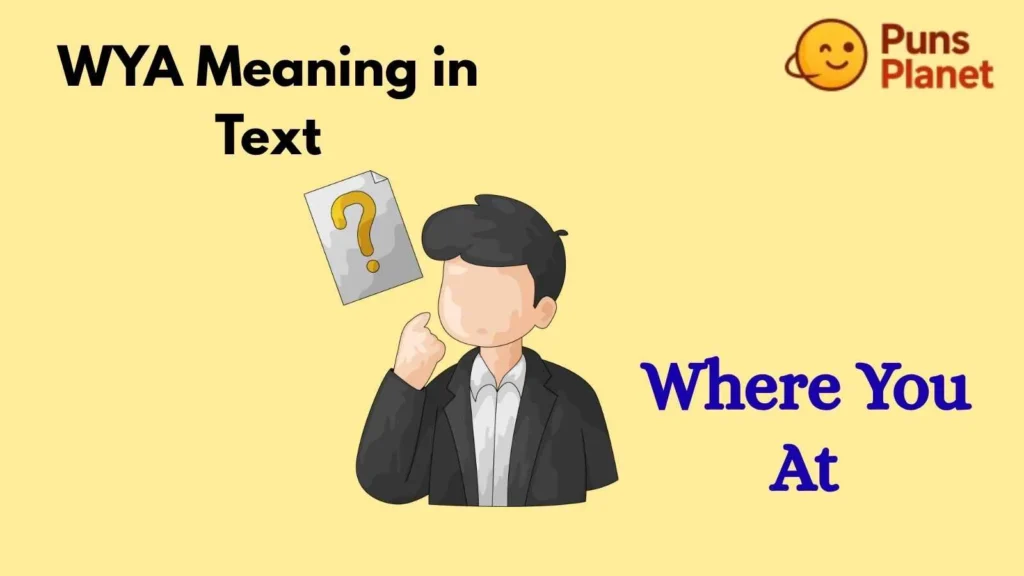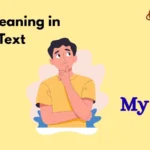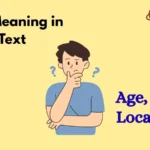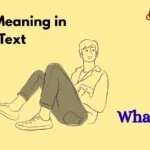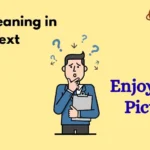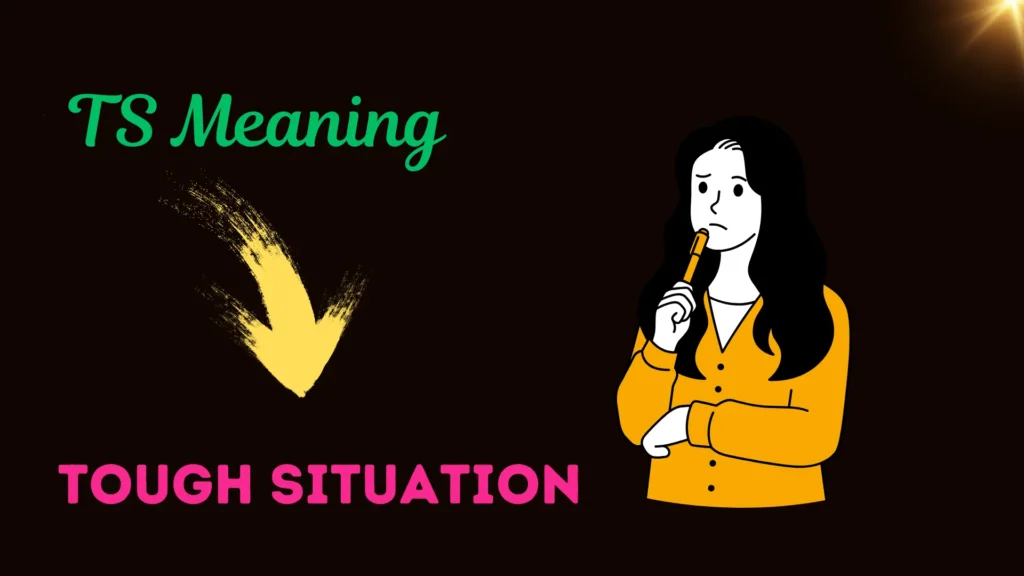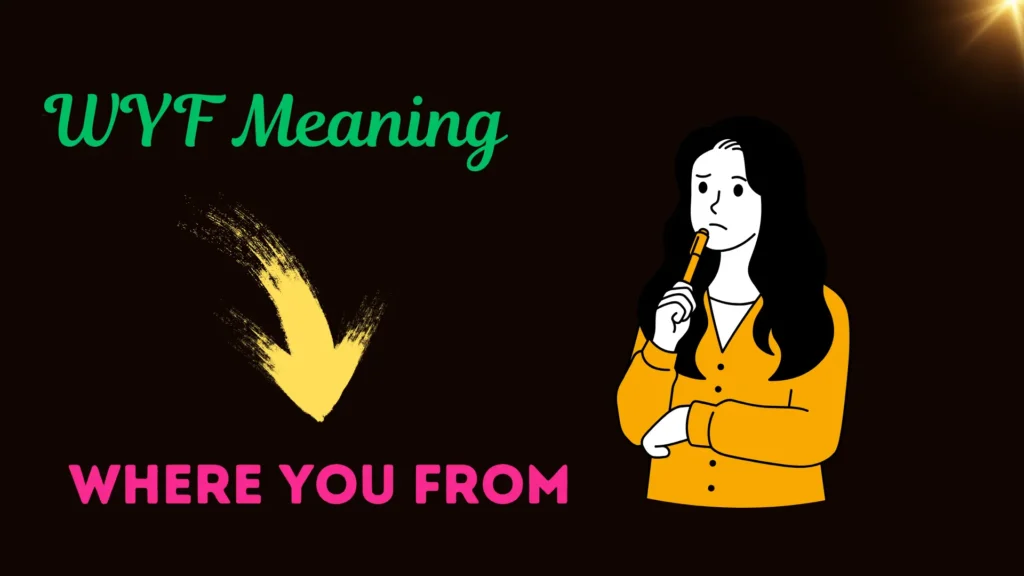When you’re buzzing someone and want a quick answer, you don’t always have time to type full sentences. That’s where abbreviations like WYA come into play. It’s not just shorthand—it reflects a shift in how we communicate online.
Whether you’re coordinating meet-ups, catching up with friends, or simply checking in, knowing what “WYA” means gives you a small but meaningful edge.
What Does “WYA” Stand For? 🧐
In the most common usage, **WYA** stands for “Where You At?”. That simple question has become shorthand in texting and online chats.
In other words, when someone sends “WYA?”, they are asking one of two things:
- **Where are you right now?** – Physical location or meeting spot.
- **What are you doing / where are you (status-wise)?** – More of a “What’s your situation?” question.
Breakdown of the Phrase
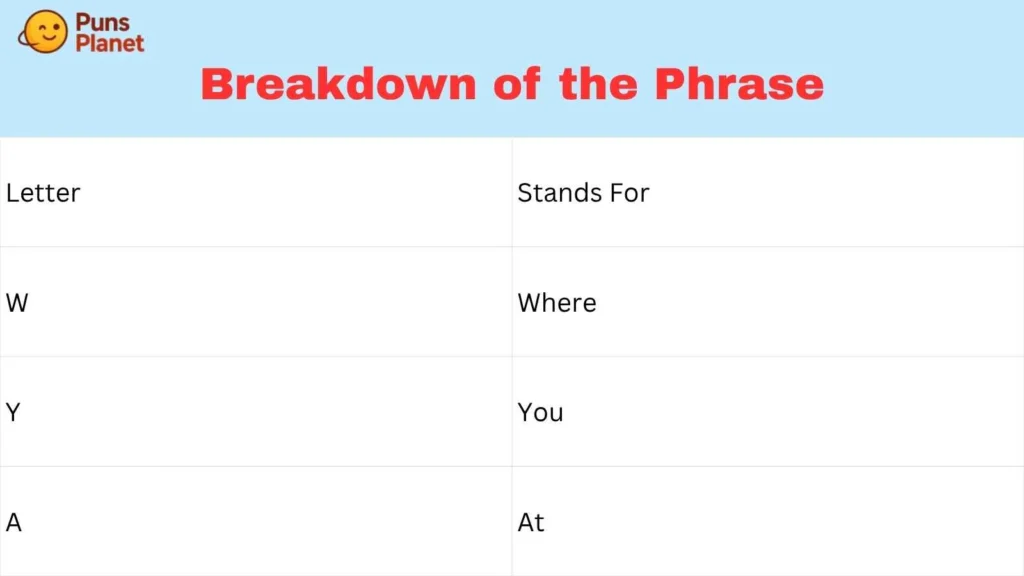
| Letter | Stands For |
|---|---|
| W | Where |
| Y | You |
| A | At |
So literally: “Where you at?” But in texting it becomes a quick check-in or location query.
Where Did “WYA” Come From? Origin & Evolution
While we can’t trace **exactly** when “WYA” was first used, most sources agree it emerged alongside texting and internet chat as a quick, informal way to ask someone’s location.
Here’s a quick look at how it evolved:
- Early cell-phone texting (SMS) where every character counted.
- Instant messaging and chat platforms adopting shorthand language.
- Social media captions and status updates: quick abbreviation fit the fast pace.
The rise of mobile-first communication and younger generations helped propel terms like “WYA” into everyday digital speech.
How to Use “WYA” in Texts & Chats 💬
Using “WYA” is simple—but context matters. Let’s go through some examples and best practices.
Typical Usage Scenarios
- Meeting up: “Hey, WYA? I’m at the café.”
- Checking in: “WYA? We started the game already.”
- Casual catch-up: “WYA tonight? Want to hang?”
As you can see, tone is informal and friendly. It’s best used with friends, family, or people you already have a casual rapport with.
What to Respond When Someone Sends “WYA”
- “I’m at home, just relaxing.”
- “At the mall, near the food court. You?”
- “Stuck in traffic, will be there in 10 mins.”
Short, clear replies keep the flow casual and efficient.
Examples of “WYA” in Action
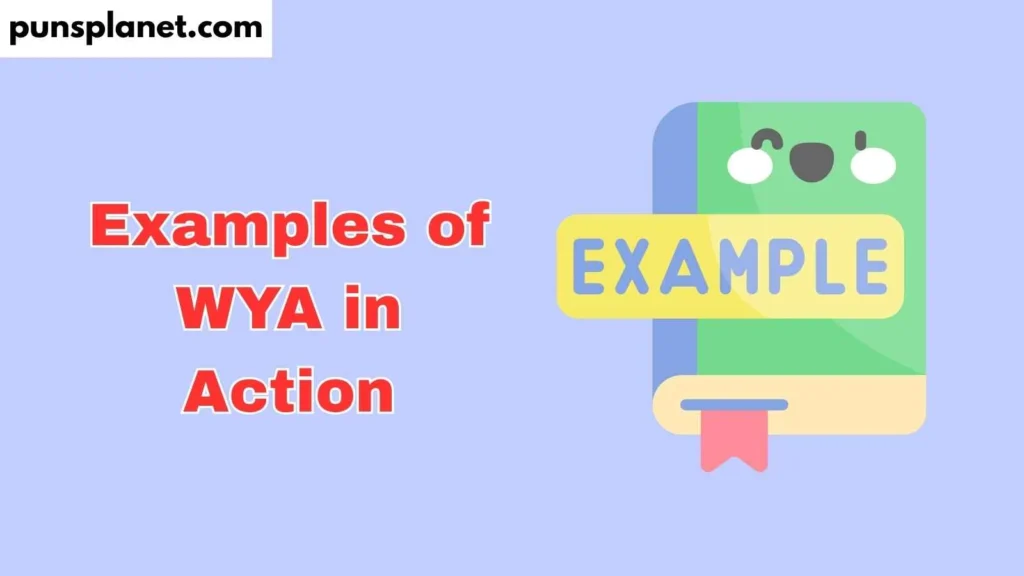
Friend A: “WYA?” Friend B: “Just got to the park.”
Friend A: “We’re at the movie theatre—WYA?” Friend B: “Out front, wearing a red jacket.”
Friend A: “WYA? The concert started already!” Friend B: “On my way, stuck in traffic.”
These mini-conversations show how “WYA” works as a quick location/status check.
When “WYA” Is Appropriate (And When It’s Not)
Understanding when to use “WYA” builds trust, clarity and keeps your communication comfortable. 👌
✅ Good Situations for “WYA”
- With close friends or family.
- When you’re coordinating a meet-up or getting there.
- In casual group chats or social media comments.
❌ Situations to Avoid “WYA”
- Professional or formal conversations (work-emails, clients, etc.).
- When you don’t know the person well—could come off as abrupt or overly casual.
- In serious or sensitive contexts where full sentences and clarity matter.
In short: use “WYA” when informality is fine; otherwise consider a fuller phrase like “Where are you?”
Alternative Ways to Say “WYA” (For Different Contexts)
If you’re looking for slightly different phrasing, here are alternatives:
- “Where are you right now?” – clear, still casual.
- “Where can I find you?” – more specific ask.
- “What’s your location?” – slightly more formal but still friendly.
- “You around?” – ultra-casual.
Having these alternatives in your texting toolkit can help you match tone to audience and situation.
Technically Speaking: Meaning, Nuance & Variations
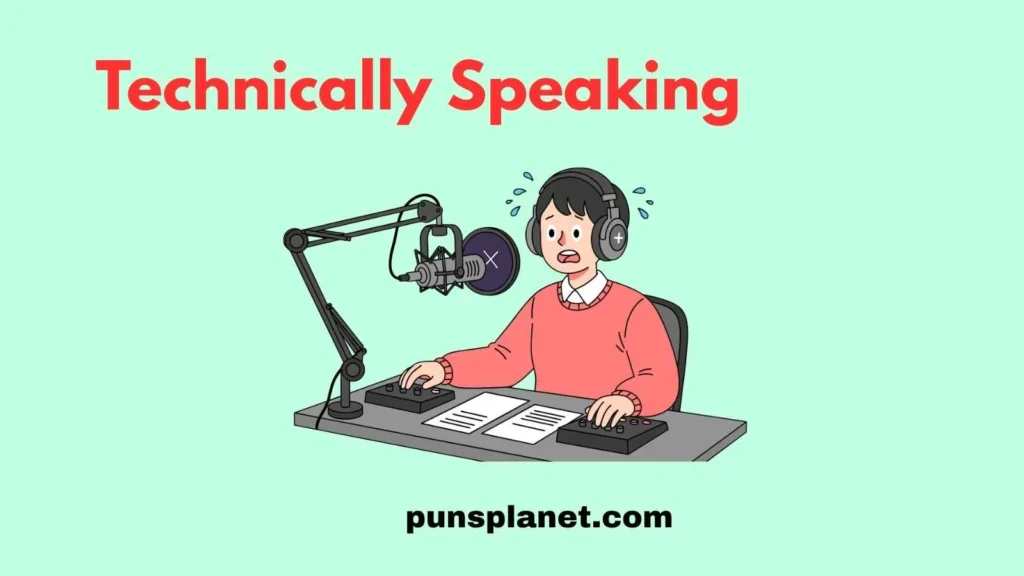
Let’s dig into some nuance around “WYA” so you can use it smartly and accurately.
Context matters
The meaning of “WYA” can shift subtly depending on tone and context. For example:
- If you’re at a party and text “WYA?”, you likely expect someone to show up.
- If someone hasn’t replied in a while and uses “WYA?”, it could mean “Why haven’t you responded?” rather than purely location.
Variations & capitalization
You’ll see “wya”, “WYA?”, “WYA” (without question mark) in chats. All carry the same fundamental meaning. The question mark is often optional in texting.
Ambiguous alternative meanings
While the dominant meaning remains “Where You At?”, some sources list alternative interpretations (though far less common) such as:
- “Where You Are”
- Organizational acronyms like World Youth Alliance (WYA) – but not relevant in everyday texting.
Why People Use “WYA” – The Psychology of Texting Slang
Why has “WYA” become popular? Here are some of the underlying reasons:
- Speed & convenience: In fast-paced digital chats, fewer letters = faster send.
- Casual tone: It signals a relaxed, friendly vibe rather than formal communication.
- Shared cultural shorthand: Among younger people especially, these acronyms create a sense of belonging and familiarity.
However, one caution: research shows that over-use of abbreviations may sometimes be perceived as less sincere or rushed.
Impact of Texting Slang on Communication – Including “WYA”
While “WYA” itself is simple, the broader category of texting slang influences how we communicate. Some implications to keep in mind:
- Clarity may suffer: If the recipient isn’t familiar with the term, confusion can result.
- Tone perception: Slang might be interpreted as less formal or even less polite in certain contexts.
- Audience matters: With older recipients or professional contacts, full phrases and clear language are safer.
Bottom line: slang like “WYA” is fine when you and your chat partner are on the same page—but don’t assume universal understanding.
Best Practices for Using “WYA” (and Digital Slang) Effectively
Here’s a quick checklist to help you use “WYA” appropriately and effectively:
- Know your audience: Casual friend chats? Go ahead. Formal context? Skip it.
- Be clear: If “WYA” could be misinterpreted, add a few extra words or context.
- Stay polite: Even in slang, tone and clarity matter.
- Read the room: If the other person hasn’t responded yet, using “WYA?” might come across as pushy.
- Use alternatives when needed: As we covered above, there are other ways to ask “Where are you?” depending on tone.
“WYA” in Pop Culture, Social Media & Media Usage
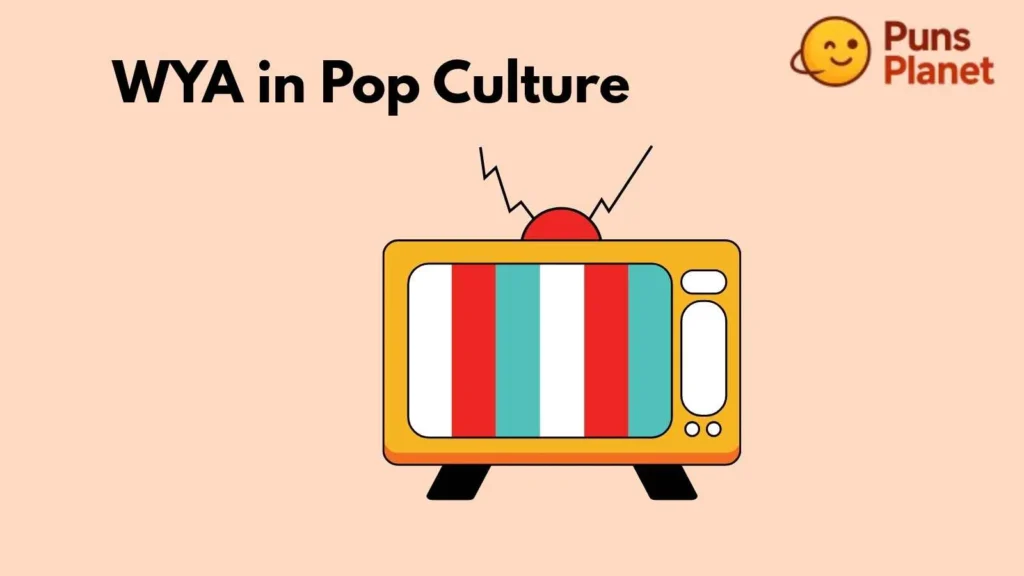
“WYA” appears frequently in posts, captions, tweets and story updates—especially among younger users. Some noteworthy observations:
- It shows up at the start of group-chat meet-up threads: “WYA? The ride’s leaving.”
- Used as a caption in social posts: “At the beach. WYA?”
- Its use underscores real-time connectivity: the sender expects a rapid reply or action.
Understanding this cultural element adds to your digital literacy and ensures you’re not left behind when you see it in a message.
“WYA” vs. Other Common Texting Acronyms
To round out your slang toolkit, here’s how “WYA” compares with other acronyms:
| Acronym | Stands For | Main Use |
|---|---|---|
| WYA | Where You At? | Location/status check |
| WYD | What You Doing? | Asks current activity |
| LMK | Let Me Know | Requests info/response |
| BRB | Be Right Back | Temporary sign-off |
Seeing the differences helps you choose the right acronym for the right moment.
Common Misunderstandings & Mistakes with “WYA”
Even a simple term like “WYA” can be misused or misinterpreted. Here are a few pitfalls:
- No context: Just writing “WYA” without background may confuse the recipient.
- Wrong audience: Using “WYA” with a teacher, client or formal contact might come off as too casual or even disrespectful.
- Ignoring tone: In a serious conversation, slang might undermine your intent.
- Assuming meaning: Not everyone will know or feel comfortable with “WYA.” If in doubt, plain speech works better.
Is It Ever Inappropriate to Use “WYA”?
Yes—there are contexts where using “WYA” may not be appropriate. For example:
- In professional emails or business chats.
- When texting someone you barely know (could feel abrupt).
- When discussing serious, formal, or emotional matters where full language shows respect.
When you’re unsure, opt for “Where are you?” or “Where are you right now?” instead—clear, polite and universally understood.
Quick Summary Table: “WYA” At-a-Glance
| Term | Meaning | Context |
|---|---|---|
| WYA | Where You At? | Informal text/chat, asking for location or status |
FAQs:
Q1: What does WYA mean in a text message?
A: It most commonly stands for “Where You At?” which is used to ask someone their location or status.
Q2: Can I use WYA in a professional message?
A: Generally not recommended. WYA is informal slang and may come off as too casual or even unprofessional in formal or business contexts.
Q3: How should I reply if someone texts “WYA?”
A: Simply let them know where you are or what you’re doing. Example: “At the café, near the big window.” Keep it short and clear.
Q4: Are there other meanings of WYA besides “Where You At?”
A: Yes, although they’re far less common in texting. In other domains “WYA” may refer to organizations or alternate phrases, but in chat/slang communication it almost always means “Where You At?”
Q5: Is using WYA considered rude or lazy texting?
A: Not necessarily—if you’re texting friends or in casual contexts it’s fine. However, studies show that frequent use of texting abbreviations may sometimes be perceived as less sincere or hurried by recipients.
Conclusion:
In the world of texting and instant communication, acronyms like WYA are part of the everyday landscape. It stands for “Where You At?”, and is used to ask someone’s location or status in a friendly, informal way. You now know what it means, when and how to use it (and when not to!), alternative phrases, and how it fits into modern digital communication.
Remember: text smartly, match your tone to your audience, keep your replies clear and respectful, and you’ll never send a confusing “WYA” again. If you ever spot “WYA” and pause, now you’ll know exactly what’s being asked—and you’ll be able to respond with confidence. 📱

